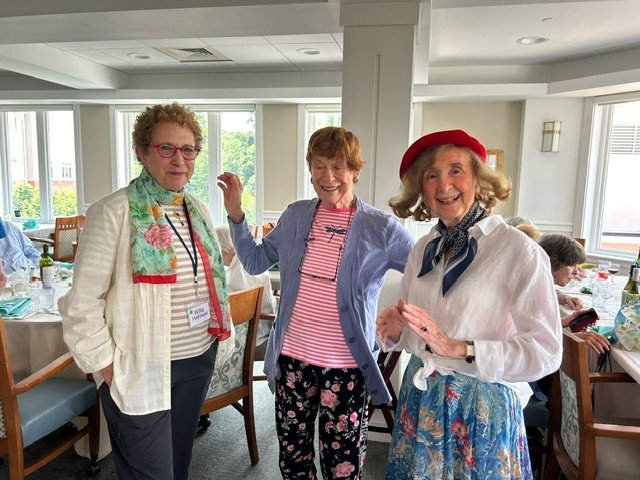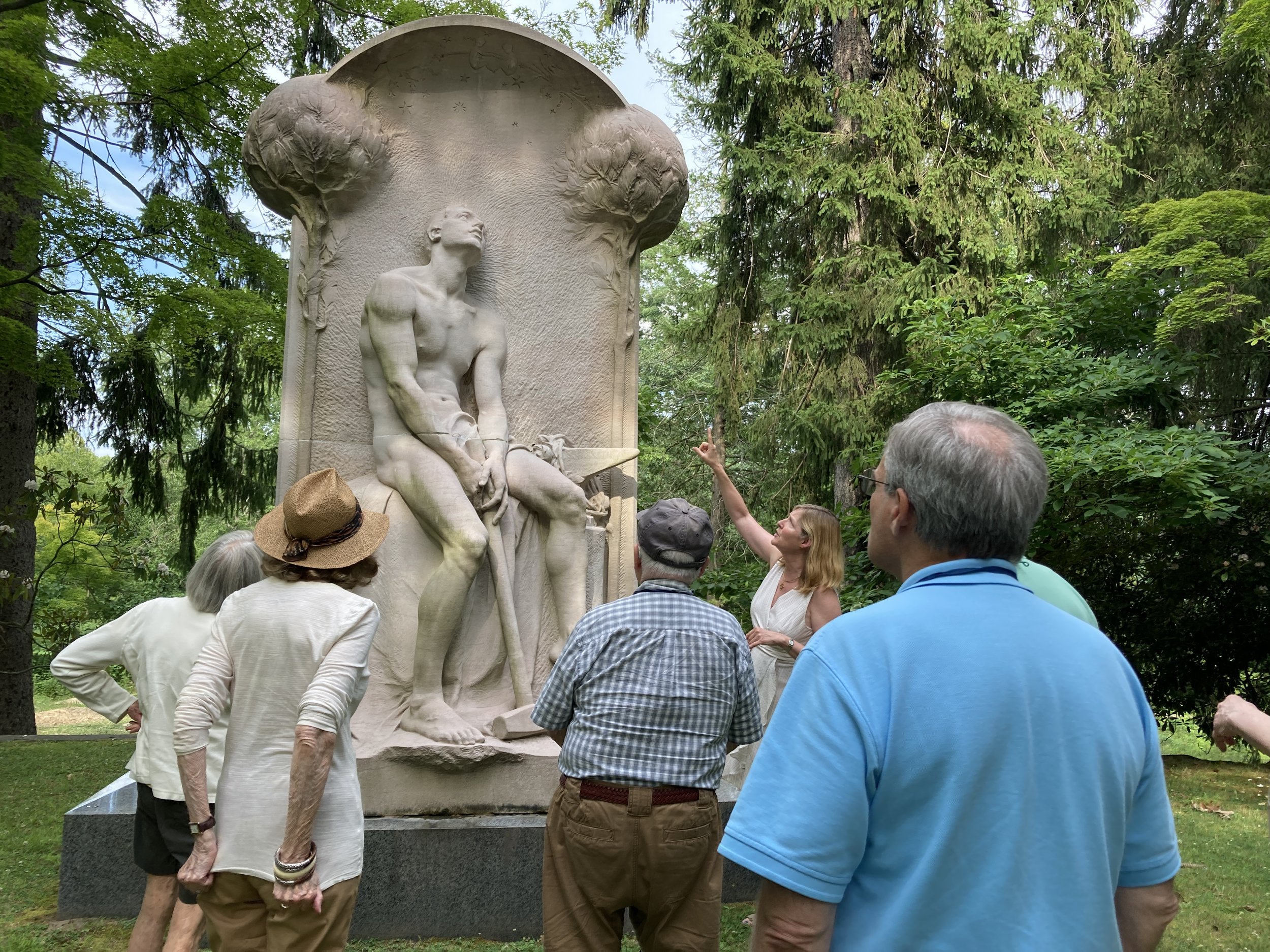Why “Kendal”? An Explanation by Norman Sissman.
Kendal, England, where it all began
For those of you who may not know it, our home was named after the town of Kendal, in the northwest part of England, near the Lake District. It was a frequent stop for George Fox (1624-1691) during his many proselytizing speaking tours aimed at recruiting members for his new sect, The Religious Society of Friends. This group was soon called Quakers, as they were said ”to tremble in the way of the Lord.”
One feature of the history of Quakerism was the persecution to which it was subjected throughout its history, at least until the 20th century. Although the reasons for this were many, I suspect that one of them was its abandonment of any clergy, which, of course, evoked a hostile response from priests, bishops (perhaps even rabbis). The persecution persisted even after many in England came to America.
My family vacationed often in Shelter Island which was named not only for its coves where ships could escape the fury of stormy seas, but also because it was a refuge for Quakers fleeing persecution by the Puritans of New England. Shelter Island even has a Fox Lane.
The most well-known American Quaker is William Penn. Penn’s efforts, in his state, to live amicably and justly with the local Native American population, were abandoned after his death.















































































